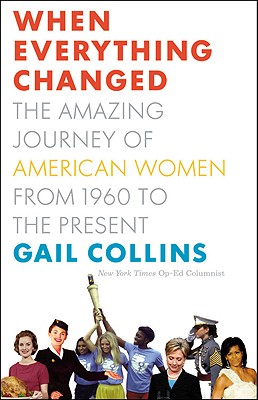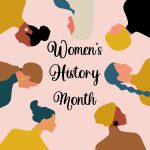I am reading When Everything Changed: The Amazing Journey of American Women from 1960 to the Present by New York Times columnist and author Gail Collins. While interesting and informative about the history of women during this time period, covering politics, popular culture, economics, sex, work, and family, I am disappointed that there is no discussion of – you can guess–
the emergence and rise in numbers of women who decide to have no children. No mention or discussion relating to how in 1975..
..1 in 10 women aged 40-44 did not have children, and by 1999 when it had doubled to 1 in 5.
Collins talks of women in the 1980s and says, “while there was a spurt of antichild sentiment among women who were getting tired of being asked when they were going to get down to the business of producing the next generation, for most, the expectation that sooner or later a baby would come never really changed.”
Later on the timeline in the new millennium she talks about how unlike like people in other developed countries in dealing with the stresses of the recent economic meltdown, “American were not, (italics mine) in general, responding to work stress by opting not to have children.”
But research tells us that as of 2006, about 1 out of 5 women aged 40-44 were still opting not to have children. We may be a minority, but deserve mention that took off with the advent of the pill, women becoming more educated, waiting longer to have children, to name just a few reasons. More relatively current information is out there and worthy of ponder.
AnaMaria Wilson’s piece, “Baby Blues,” in Harper’s Bazaar writes about how the pressure to procreate has reached what feels like a “fever pitch.” According to the U.S. Department of Health and Human Services, the number of births in 2006 increased 3 percent from 2005 — the largest single-year rise since 1989 and the largest number of births since 1961. Wilson writes, “it’s as if we’ve circled back half a century.” Stephanie Coontz, a professor, author, and the director of research and public education for the Council on Contemporary Families says that in the 50s and 60s, “There was really extraordinary social pressure. The pressures were so great, in fact, people gave in to them.” How is this impacting the number of childfree I wonder–might it point to a decline for the first time in many years?
Hopefully the 2010 census and reports will give us some answers. In any case, it’s time that birth rate trends of women who voluntarily have no births at all are included in books that chronicle women’s history.
Have you seen or read women’s history books that include this kind of discussion? If so, share them with us!





